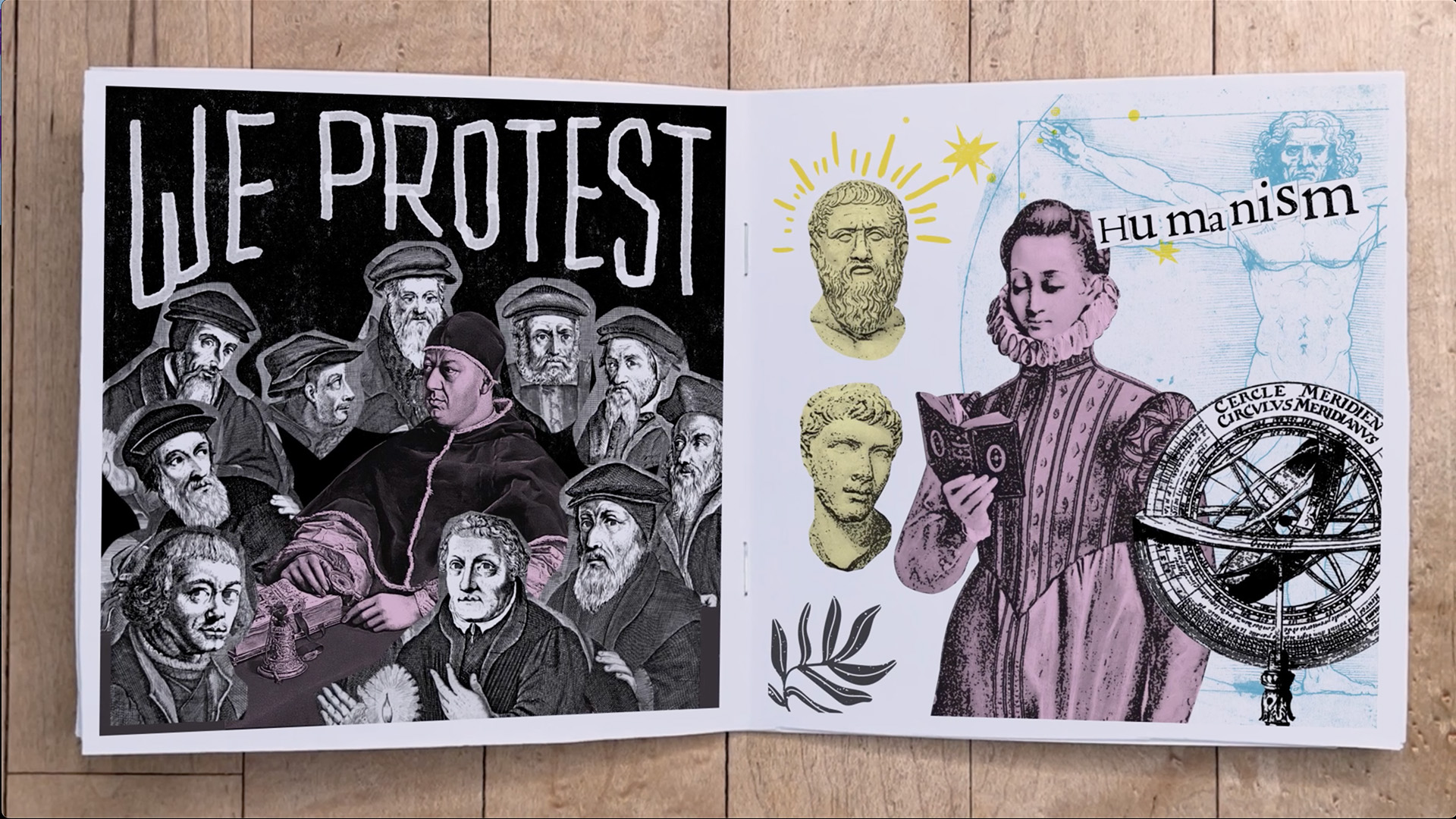The Dark Ages and Medieval Europe
What were the Dark Ages? And why have today’s historians stopped using this terminology? The Roman Empire might have collapsed, but from 500 to 1500 CE, Europe was a dynamic region that remained connected to societies across Afro-Eurasia. Use these materials to help students unravel the mystery and reveal the true complexity and dynamism of the period between the fall of Rome and the rise of the Renaissance.

 Teaching This Topic
Teaching This Topic

Comparison
How did women’s lives compare in Medieval Europe and Song China? Help students develop a fundamental historical thinking skill: comparing and contrasting.

Blog: The Little Ice Age
How did a cooling climate impact life between 1300 and 1850? Discover surprising political, economic, and cultural effects of the Little Ice Age.

Video Strategies
Bring the Dark Ages and Medieval Europe to life with video—and engaging and instructive teaching moves.

Teacher Ideas for Rebranding the Dark Ages
Teachers ask their students to help the so-called Dark Ages improve its image with a new marketing campaign.
Featured Materials
Causes and Consequences of the Crusades

Video
Causes and Consequences of the Crusades
The Crusades were a centuries-long clash between Christian and Muslim kingdoms over control of the Holy Lands—but they also sparked new connections across the Mediterranean world.
The Protestant Reformation

Video
The Protestant Reformation
How did a protest led by a provincial monk against corruption in the Catholic Church become a centuries-long religious conflict that transformed global communities?
Medieval Trade Routes Thematic Map

Visual Aid
Medieval Trade Routes Thematic Map
A full-color thematic map of Medieval Trade Routes in 1450 CE, meant to help you support, extend, and challenge the frame narratives.
Lessons

Lesson 5.3
Assessing the Dark Ages
Were the Dark Ages really that dark? Take part in the historical debate to determine how much societal collapse actually followed the Roman Empire’s fall.
View Lesson

Lesson 2.8
Cultural Consequences
Wherever cultures intersected, innovation thrived. But these transformations sometimes produced dire consequences for individual communities and whole regions.
View Lesson
Materials
Regional Webs (200 to 1500 CE): Unit 5 Overview

Video
Regional Webs (200 to 1500 CE): Unit 5 Overview
When the Roman and Han empires collapsed, many societies faced chaos—but often, collapse was really a time of restructuring and rebuilding new authority.
Guilds, Wool, and Trade: Medieval England in a Global Economy

Video
Guilds, Wool, and Trade: Medieval England in a Global Economy
Around 1250-1350, an archipelago of trade stretched across Afro-Eurasia. Nick and Trevor explore the role of the wool trade in this system and its impact on England.
The Renaissance

Article
The Renaissance
The Renaissance was a cultural and scientific transformation beginning in fourteenth-century Italy, but it drew on cultural inspirations forged through a long history of trade and exchange.
Was There Ever a “Dark Age”?

Article
Was There Ever a “Dark Age”?
Were there historical periods when innovation slowed dramatically or completely stopped? Some have made a case for a “dark age” in Europe during this era—but is it convincing?
New Sources of Authority

Activity
New Sources of Authority
How do Latin Christendom and the Byzantine Empire compare? How did these societies think about religion, government, and authority? It’s time to compare notes.
Comparison: Women in Medieval Europe and Song China

Activity
Comparison: Women in Medieval Europe and Song China
Compare the lives and public roles of women in Medieval Europe and Song China. By zooming in and comparing their lives, we can better understand how societies treated women.